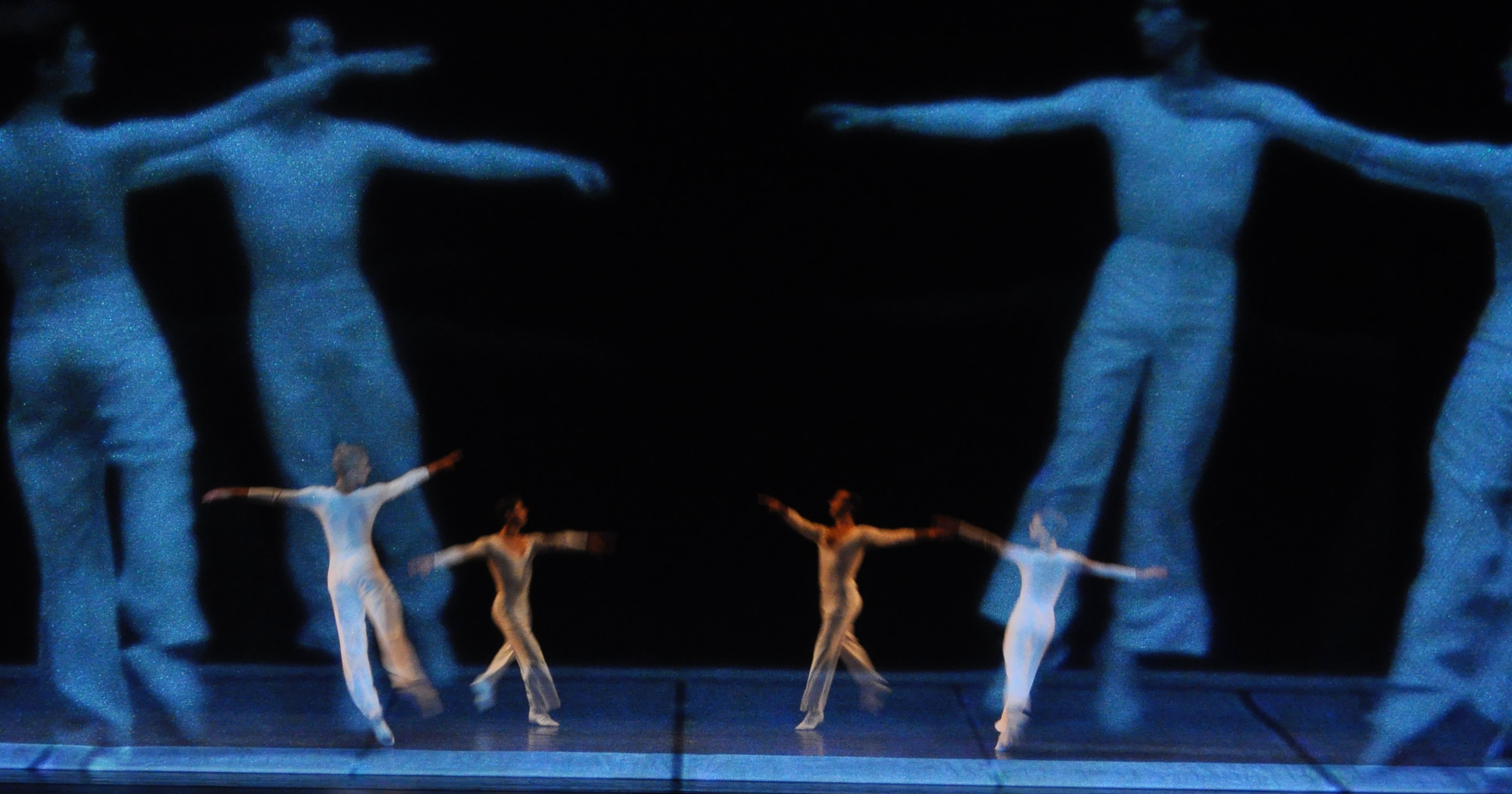
Published 2024-04-22
Keywords
- Sol LeWitt,
- Lucinda Childs,
- Minimalism,
- Modern Dance,
- Artist Film

This work is licensed under a Creative Commons Attribution 4.0 International License.
Abstract
This investigation provides an art-historical analysis of Sol LeWitt’s one-time experimentation of a film-décor for a performance (Dance, 1979: choreography by Lucinda Childs and music by Philip Glass). The film doubles the live dancers, shot by different sizes and angles. By being projected on a translucent scrim superimposed to the stage, it both challenges and improves the spectators’ vision of the show. So far, the filmic intervention has only been discussed under the choreographer’s perspective and is barely mentioned in the artist’s bibliography. Therefore, this essay aims to provide the film with an historical context within the framework of the artist’s overall career. The visual, conceptual and operative features that the film displays will be pointed out through comparison with other LeWitt’s works. Ultimately, the film itself extends its semantic borders as its technical and expressive properties recall Eisenstein’s cinematic project for Glass House and videoartists’ research in the Seventies.
